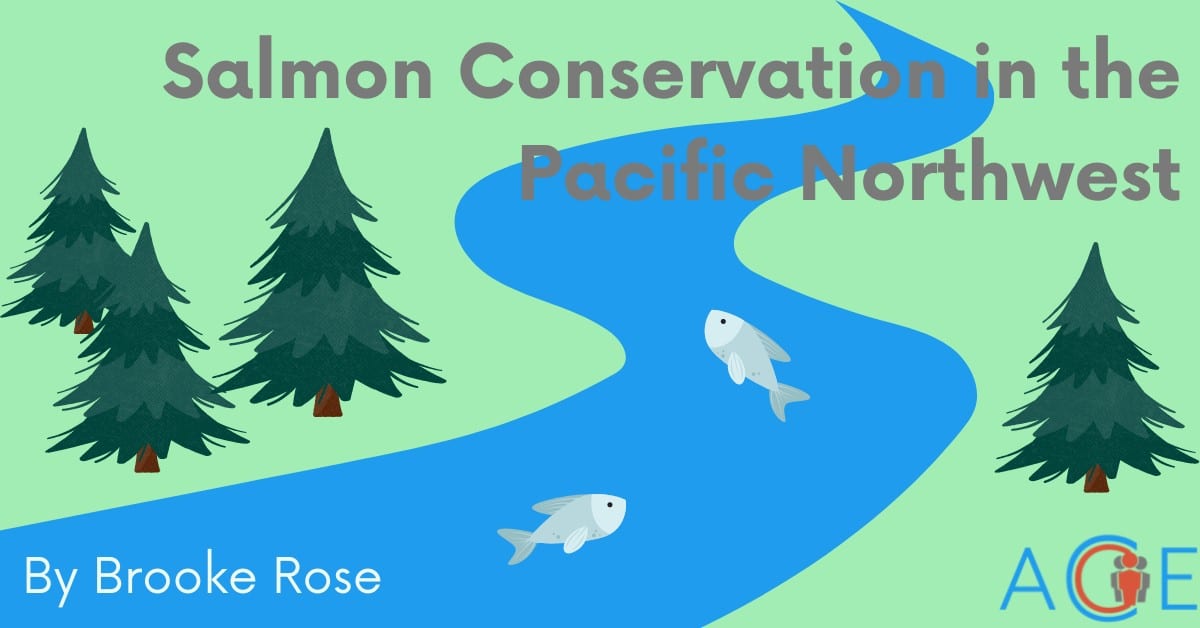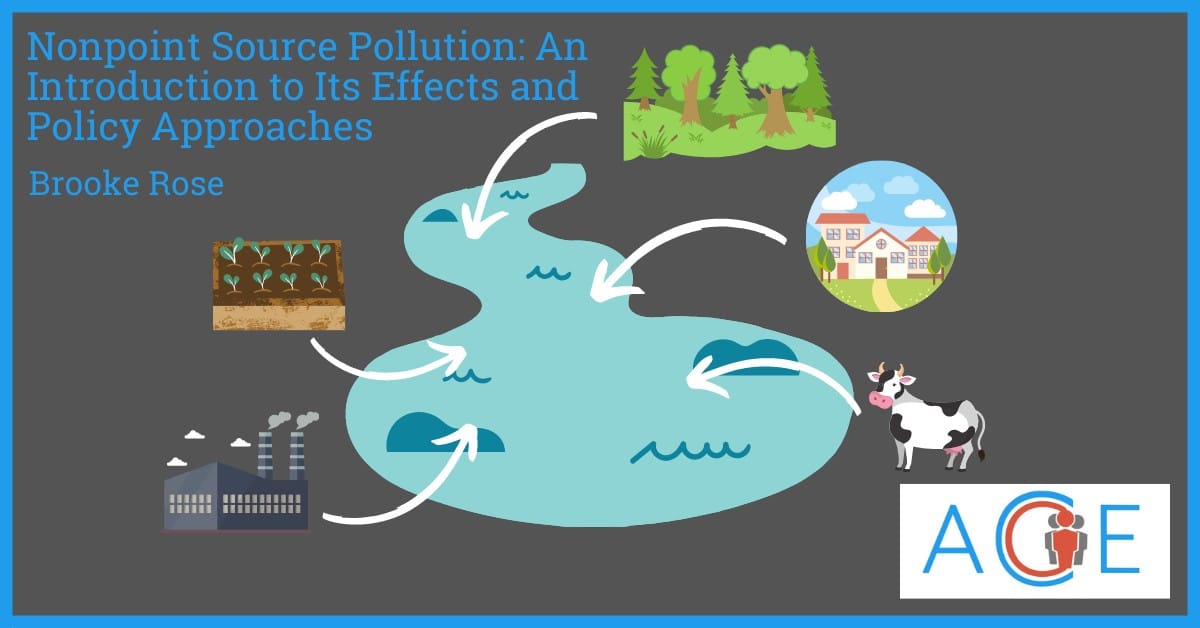Introduction: The Importance of Salmon
Salmon are an integral part of the Pacific Northwest, both in terms of ecosystem and cultural value. They are considered a keystone species, which are species whose presence in an ecosystem has a disproportionate effect on other organisms within the system. As salmon travel to the ocean, more than 50% of their diet is insects; without Pacific salmon, there could be an explosion of insects in these ecosystems since salmon are the main insect predator in aquatic environments. When salmon spawn, their energy-rich bodies and eggs are crucial food sources for a variety of predators, ranging from wolves to bears to scavenging birds. Their carcasses also provide valuable nutrients to streams and rivers, increasing organic matter and nutrients that will enhance the productivity of the surrounding ecosystem and be transferred to all levels of the food chain.
Salmon have cultural significance in the northwest, especially to indigenous peoples of the region. The cultures, intertribal relations, fishing technologies, and economies have all been influenced by salmon, from ancient Native American trade routes to modern commercial fishing. Salmon plays a role in religious services, such as the celebration of the annual salmon return which facilitates the transfer of traditional values and lifestyles from generation to generation. Fishing continues to remain the preferred livelihood method of many indigenous groups, as salmon has been a primary food source for these people for thousands of years, and remains an essential part of their nutritional health.
Salmon Decline
The existence of salmon in the Northwest is in danger. Nineteen populations of wild salmon and steelhead are listed as threatened under the Endangered Species Act, and salmon have already gone extinct in 40% of their historical range. Fishery scientists have summarized the human factors implicated in salmon decline as the “four H’s”: harvest, hatcheries, habitat, and hydropower. Overharvesting of adult salmon in the early 20th century decimated populations throughout the Pacific Northwest. Construction and development have encroached along the shoreline of salmon habitats and on beaches where salmon find their food. An increase in pavement contributes to toxic storm water runoff, which threatens the health and safety of the salmon’s aquatic habitat. Dams block the passage of salmon from their spawning habitat as they travel back from the Pacific Ocean. For example, more than 40% of this habitat is permanently blocked by dams in the Columbia River Basin. By creating reservoirs, dams inundate the shoreline and can wipe out historical spawning grounds. Reservoirs also slow the flow of water, which can lead to rising temperature levels that can be lethal to salmon.
Policy Interventions
The United States has a legal obligation to conserve salmon populations through a series of tribal and international treaties. Some treaties dating back to the 1850s granted Native American tribes “the right of taking fish from all usual and accustomed grounds and stations… in common with all citizens.” This right was reaffirmed in a 1974 Supreme Court ruling, known as the Boldt Decision, which validated the tribes’ treaty-reserved fishing rights.
The 1985 Pacific Salmon Treaty represents a commitment made by the US and Canada to maintain their salmon fisheries and enhancement programs to prevent overfishing and provides the framework for Pacific salmon conservation and management.
The Endangered Species Act (ESA), is a national law creating a program for the conservation of threatened and endangered plants and animals. Salmon are protected under the ESA, and conservation efforts like transporting migrating salmon around dams, placing fishing restrictions on vulnerable stocks, and operating hatcheries in order to bolster populations are supported under the ESA. These efforts come at a price, with recent estimates indicating that salmon conservation in the Columbia River Basin costs $788 million per year. While these interventions have slowed the decline of salmon, they have not reversed the decline. As a result, restorationists have started to turn to more drastic steps in recent years, like dam removal, which helps restore stream habitats and natural hydrological connections. However, dam removal is often controversial because it can involve the loss of hydroelectricity and water for irrigation.
Case Study: Klamath Water Wars
The Klamath Water Wars began with a 2001 drought, when the federal government cut off water deliveries to irrigators in order to maintain the habitat for salmon and other fish protected under the Endangered Species Act. This decision enraged farmers, and in an act of civil disobedience they formed a “bucket brigade” to manually put water back into the irrigation canals. The following year, the Bush Administration resumed normal water deliveries which significantly decreased the water flow in the rivers resulting in tens of thousands of fish in the lower river washing up dead. The Karuk and Yurok tribes of California were devastated by these deaths, as they traditionally depend on the salmon harvest. These opposing opinions created a controversy framed as farmers versus fish, demonstrating a common dichotomy that environmental and human interests are not aligned.
While the conflict was framed as fish vs farmers, it was really about water resources. Droughts in the western US are projected to grow more serious, exacerbated by climate change. This is likely to increase the urgency of issues related to water scarcity as policymakers seek to supply water to both people and animals.
In the Klamath Basin, leaders sought to address these challenges through collaborative negotiations with a wide range of stakeholders. In 2010, the Klamath Basin Restoration Agreement (KBRA) and the Klamath Hydroelectric Settlement Agreement (KHSA) were announced as the results of the multi-year negotiations amongst California and Oregon governments, as well as many interest groups. The KBRA helps restore Klamath and provides water deliveries to both wildlife refuges and federal project irrigators. The KHSA details the process that leads to the removal of the four privately owned dams spanning across Southern Oregon and Northern California on the Klamath River, which would be one of the largest and most complex removals ever undertaken. Though the agreements have not been enacted in Congress, recent reports say that these four dam removals are still proceeding and are scheduled to begin in 2023.


